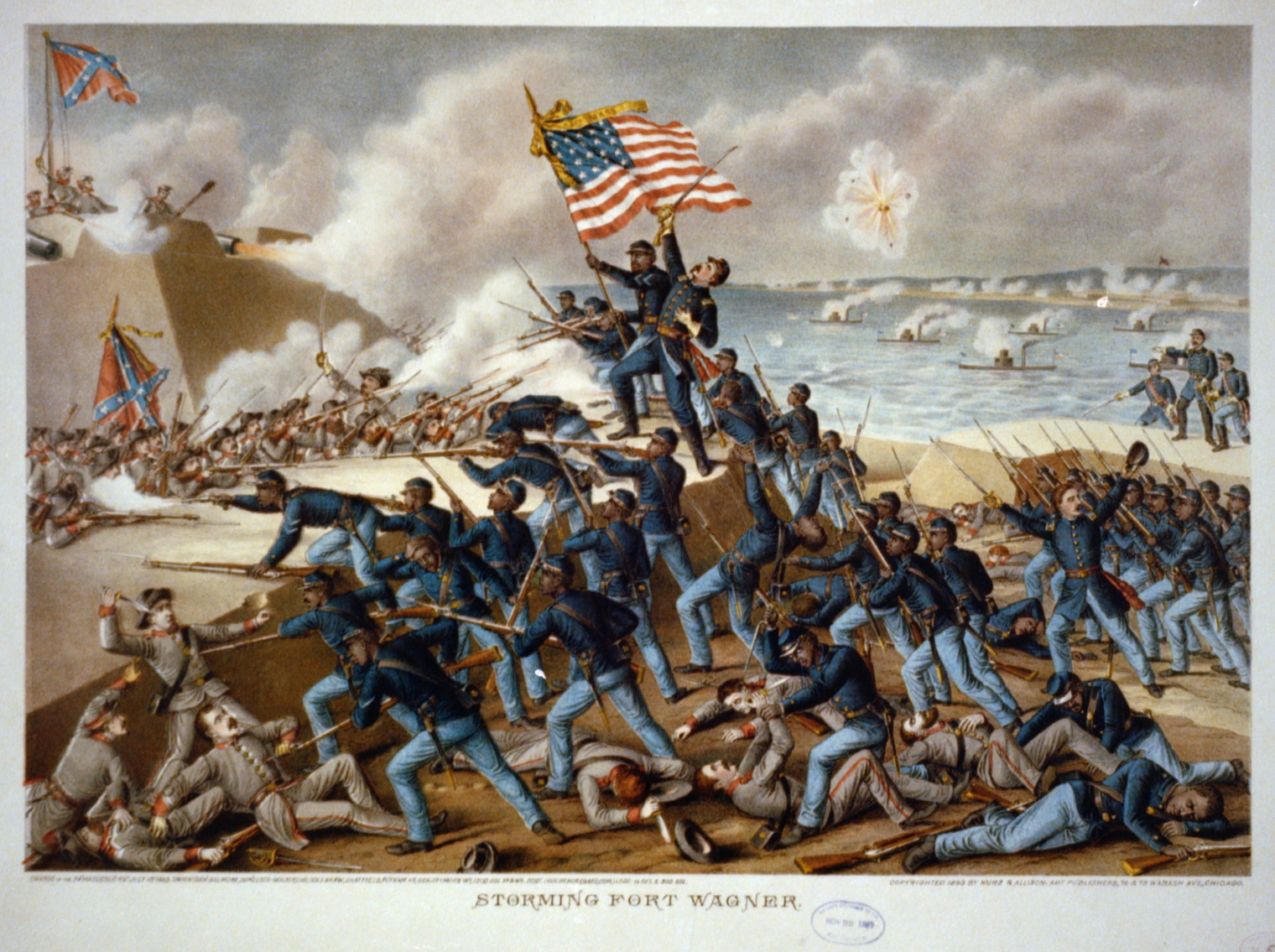02 July 2013
HISTORY / Bob Feldman : A People's History of Egypt, Part I, 525 BC-641 AD
 |
| Cleopatra VII and her son Caesarion at the Temple of Dendera. Image from Wikimedia Commons. |
The movement to democratize Egypt
Part 1: 525 BC to 641 AD period -- From the Persian invasion to the Byzantium EmpireBy Bob Feldman / The Rag Blog / July 3, 2013
[As literally millions demonstrate in Egypt in an attempt to bring down the Mohammed Morsi government, and as the Egyptian military appears poised to take action against the Morsi regime, we begin Bob Feldman's Rag Blog "people's history" series, "The Movement to Democratize Egypt." Also see Feldman's "hidden history" of Texas series on The Rag Blog.]
Most people in the United States now realize that most Egyptians want to see their society politically and economically democratized. But most people in the U.S. may not know much about the history of the over 83 million people who currently live in Egypt, beginning in 525 BC when the country was invaded by the army of the Persian Empire, led by Cambyses II, the son of Cyrus II (“Cyrus the Great”).
As The Rough Guide To Egypt observed, “the Persian invasion of 525 BC began…rule by foreigners” in Egypt that essentially lasted until 1952.
Despite a number of unsuccessful revolts by people in Egypt against their Persian rulers during the next two centuries, “Egypt remained under Persian control until 332 BC, when their entire empire succumbed to Alexander [the Great]" of Greece, according to The Rough Guide To Egypt.
And according to Jason Thompson’s A History of Egypt, “so detested was the Persian yoke that when Alexander the Great arrived in Egypt, he was welcomed as a savior.” Initially, there was no resistance by people in Egypt to the rule of Alexander and -- following Alexander’s death in 323 BC -- to the rule of the Greek Ptolemaic Dynasty of General Ptolemy Soter I and his descendants between 322 and 30 BC.
But according to A History of Egypt, “the population of Ptolemaic Egypt consisted of a comparatively small number of relatively privileged Greeks superimposed onto the great masses of native Egyptians, most of whom lived around subsistence level but whose back-breaking labor supported Ptolemaic society and government;” and, not surprisingly, “Ptolemaic rule…became highly resented over time.”
As the same book recalled:
There were numerous rebellions, especially during the second and third centuries BC. Most may have resulted from economic desperation or lax central control because of dynastic infighting, but some…expressed a longing for the glorious past when Egyptians ruled Egyptians. A distinctly "nationalistic" literature appeared… Government officials extorted everything they could from the peasantry, frequently leaving them insufficient means to sustain themselves. Famine, inflation, banditry, and flight are all too abundantly attested during the later Ptolemaic Period…The last representative of the Ptolemaic Dynasty to rule Egypt, Cleopatra VII, was made queen by the Roman General Julius Caesar after his troops killed her brother and rival for the Egyptian throne, Ptolemy XIII, in 47 BC.
But, according to A History of Egypt, Cleopatra was “so unpopular that Caesar permanently stationed three legions in Egypt ” and “when he departed in spring 47 BC to new conquests...Cleopatra was pregnant.” Then, after Julius Caesar was assassinated in 44 BC, Cleopatra formed a similar political/sexual alliance with Mark Antony.
But, after Octavius Caesar’s Roman forces defeated Antony and Cleopatra’s forces in 31 BC at the Battle of Actium (and both Antony and Cleopatra committed suicide), Egypt became a province of the Roman Empire in 30 BC.
As part of the pre-partitioned Roman Empire until 395 AD, Egypt was exploited as the grain-producing “breadbasket” of Rome; and during the 30 BC to 395 AD period of rule by Romans and their Roman legions, “vast amounts of Egyptian land” that had been owned by the state under the Greek Ptolemaic dynastic rule “were now mostly sold to private individuals, some of whom acquired extensive estates,” according to A History of Egypt.
As a result, “small landholders, though comprising a large proportion of the population, were increasingly hard-pressed;” and “many became little better than serfs and slaves on the estates of the privileged, who assumed powers that previously had belonged to the state, giving them even greater control over the peasantry,” according to the same book.
In 330 AD, Roman Emperor Constantine founded Constantinople; and when the Roman Empire was partitioned for the last time into East and West in 395 AD, Egypt became a province of the Constantinople-based eastern Byzantium Empire until 641 AD; and during this period “Egypt’s grain and revenue remained extremely important to Constantinople,” according to A History of Egypt.
But the same book also notes that, “the Byzantine yoke became so odious to Egyptians, both politically and religiously…that they were not averse to the change of rule that came in the seventh century.”
[Bob Feldman is an East Coast-based writer-activist and a former member of the Columbia SDS Steering Committee of the late 1960s. Read more articles by Bob Feldman on The Rag Blog.]
The Rag Blog






